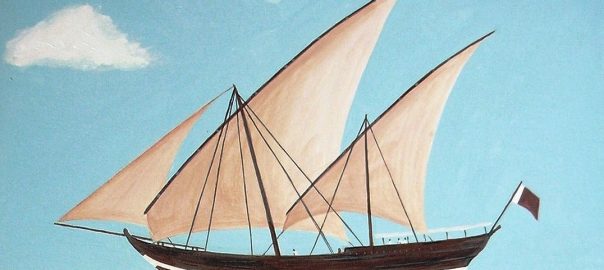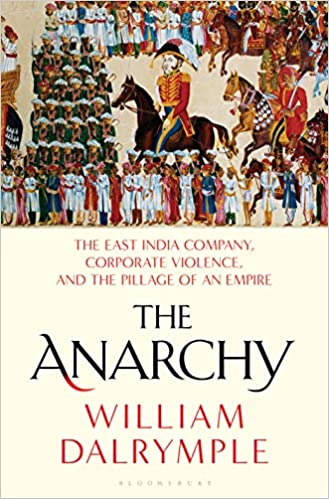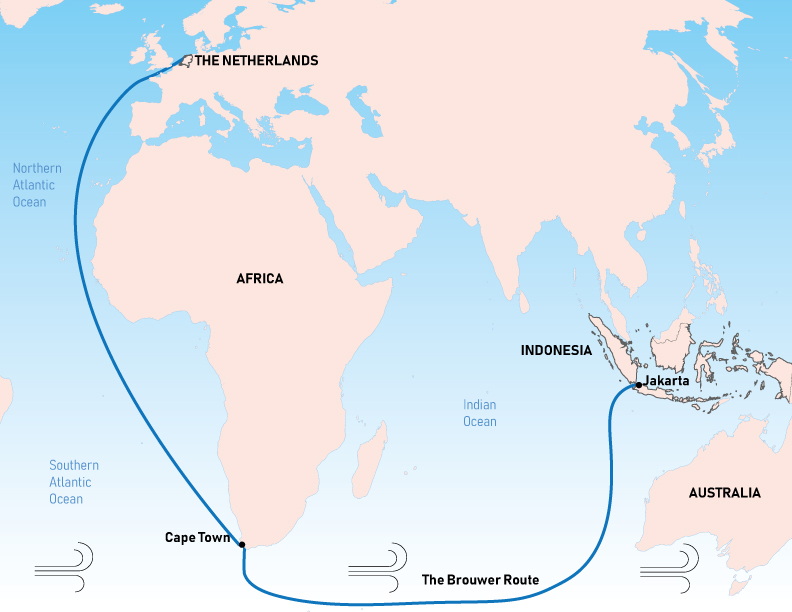At the very beginning of 1602 CE, the English were, according to the new Gregorian calendar used by Irish and Spanish at the time, completing their defeat of the rebellion in Ireland (though the English were still using the old Julian calendar and pegged the events to the end of 1601.) Anyway, it all lasted a number of days… In June, the English East India Company’s fleet arrived (finally!) at Aceh in Sumatra, to start buying pepper and other spices…. Back home in London, William Shakespeare continued turning out powerful (and Englishness-consolidating) dramatic pieces at a mind-boggling rate… In Eastern Europe, the Habsburgs and Ottomans continued to fight what would later be dubbed the Fifteen Years’ War…
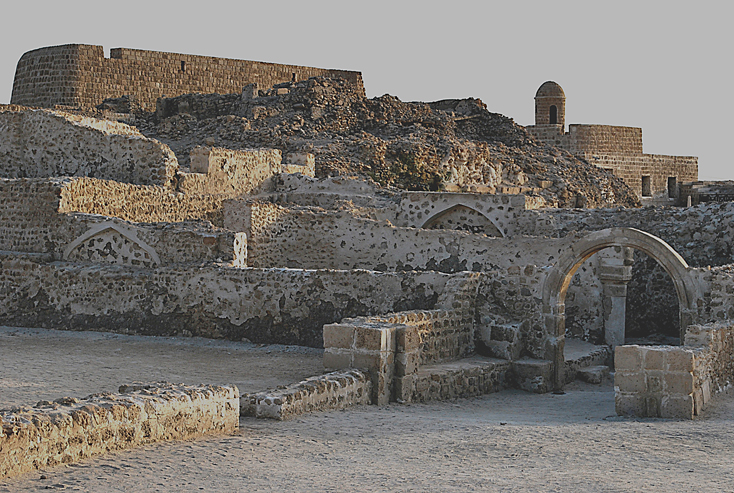
And as a non-trivial historical eddy here, it’s worth noting that in 1602, the Safavid Shah Abbas I expelled the Portuguese from the fort they had built in Bahrain.
But the most world-impacting event of 1602 was undoubtedly the formation in Amsterdam in March of the Vereenigde Oostindische Compagnie (VOC):
Dutch merchants, investors launch their East India Company
As we know, back in 1594, nine citizens of Amsterdam had established a first small trading company to break the Portuguese monopoly on the trade in pepper with the East Indies, and had shown a modest success in doing so. That company then merged with others, with increasing success in pursuing the pepper trade… And now, in 1602, a group of Amsterdam merchants and investors joined together to create a single Dutch cartel to pursue trade with the Indian Ocean. This was the Vereenigde Oostindische Compagnie (United East India Company; VOC), an entity that swiftly came to exercise broad powers not just in the commercial realm but also in the realms of war, peace, alliance-building, enslavement, and politics and geopolitics more generally.
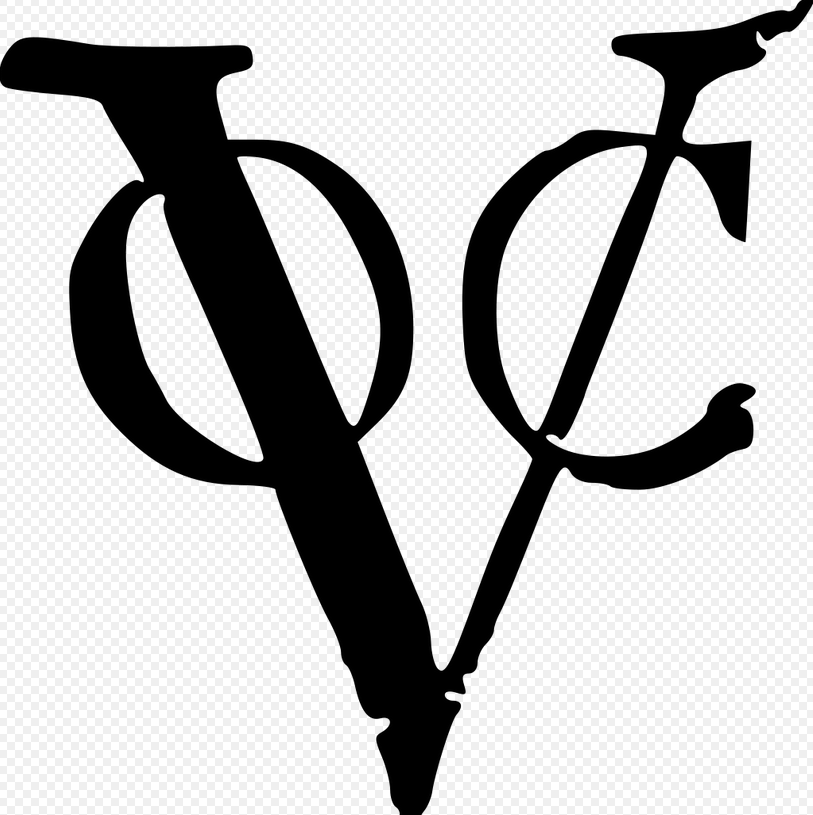
One of the key causes for the interest of members of the merchant and investor classes of the infant Dutch Republic in breaking up Portugal’s previous monopoly on the “East Indies” spice trade was the fact that in 1580, Portugal had suddenly become subsumed into the Spanish Empire– with which many of the Dutch provinces had been fiercely at war. Prior to 1580, Portugal had even been an ally to many in the Dutch movement that opposed Spanish rule of the Netherlands; and the Netherlands had been a key trading partner for Portugal. After 1580, all that changed. The Dutch merchants no longer had access to the goods that Portugal brought in from the Indian Ocean. Equally– or even more– importantly, the tiny, still-young Dutch “United Provinces” state, that had declared its independence from Spain in 1581, desperately needed strong sources of income. Hence, the transoceanic trading expeditions undertaken since 1594. (And it’s worth remembering that in that era of rampant piracy by state-licensed privateers/pirates from all major seafaring nations in those days, any “trading” fleet traveling any distance would always be well-armed; and those arms could always be used for offensive as well as defensive ends.)
The merchants and investors of England had shown the Dutch a good way forward, when they formed the (English) East India Company in 1600. Indeed, William Dalrymple noted in his book The Anarchy: The East India Company, Corporate Violence, and the Pillage of an Empire that one impetus for the EIC’s formation had come when London merchants heard that the Dutch were seeking to rent or buy British ships to enlarge their sea-trading fleet, and the English merchants said “Heck no, we want to start doing this East Indies spice-trading thing on our own account!”
So now, the Dutch merchants were ready to do their thing. English-WP summarizes the early and continuing impact of the VOC thus:
The company was historically an exemplary company-state rather than a pure for-profit corporation. Originally a government-backed military-commercial enterprise, the VOC was the wartime brainchild of leading Dutch republican statesman Johan van Oldenbarnevelt and the States-General [the UP’s parliament]. From its inception in 1602, the company was not only a commercial enterprise but also effectively an instrument of war in the young Dutch Republic’s revolutionary global war against the powerful Spanish Empire and Iberian Union (1579–1648).
In 1619, the company forcibly established a central position in the Javanese city of Jayakarta, changing the name to Batavia (modern-day Jakarta). Over the next two centuries the company acquired additional ports as trading bases and safeguarded their interests by taking over surrounding territory. To guarantee its supply, the company established positions in many countries and became an early pioneer of outward foreign direct investment. In its foreign colonies, the VOC possessed quasi-governmental powers, including the ability to wage war, imprison and execute convicts, negotiate treaties, strike its own coins, and establish colonies… Along with the Dutch West India Company (WIC/GWIC), the VOC was seen as the international arm of the Dutch Republic and the symbolic power of the Dutch Empire.
English-WP’s page on the VOC also has an excellent description of the organizational structure adopted at VOC’s founding, and some of its early practices:
The VOC had two types of shareholders: the participanten, who could be seen as non-managing members, and the 76 bewindhebbers [directors] (later reduced to 60) who acted as managing directors. This was the usual set-up for Dutch joint-stock companies at the time. The innovation in the case of the VOC was that the liability of not just the participanten but also of the bewindhebbers was limited to the paid-in capital (usually, bewindhebbers had unlimited liability). The VOC therefore was a limited liability company. Also, the capital would be permanent during the lifetime of the company. As a consequence, investors that wished to liquidate their interest in the interim could only do this by selling their share to others on the Amsterdam Stock Exchange…
The VOC consisted of six Chambers (Kamers) in port cities: Amsterdam, Delft, Rotterdam, Enkhuizen, Middelburg and Hoorn. Delegates of these chambers convened as the Heeren XVII (the Lords Seventeen). They were selected from the bewindhebber-class of shareholders.
Of the Heeren XVII, eight delegates were from the Chamber of Amsterdam (one short of a majority on its own), four from the Chamber of Zeeland, and one from each of the smaller Chambers, while the seventeenth seat was alternatively from the Chamber of Middelburg-Zeeland or rotated among the five small Chambers. Amsterdam had thereby the decisive voice…
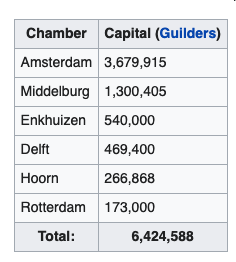
The six chambers raised the start-up capital of the Dutch East India Company [as indicated in the table]:
…Under the first 358 shareholders, there were many small entrepreneurs, who dared to take the risk. The minimum investment in the VOC was 3,000 guilders, which priced the company’s stock within the means of many merchants.
Among the early shareholders of the VOC, immigrants played an important role. Under the 1,143 tenderers were 39 Germans and no fewer than 301 from the Southern Netherlands (roughly present Belgium and Luxembourg, then under Habsburg rule), of whom Isaac le Maire was the largest subscriber with ƒ85,000. VOC’s total capitalisation was ten times that of its British rival.
The Heeren XVII (Lords Seventeen) met alternately six years in Amsterdam and two years in Middelburg-Zeeland. They defined the VOC’s general policy and divided the tasks among the Chambers. The Chambers carried out all the necessary work, built their own ships and warehouses and traded the merchandise. The Heeren XVII sent the ships’ masters off with extensive instructions on the route to be navigated, prevailing winds, currents, shoals and landmarks. The VOC also produced its own charts.
In the context of the Dutch-Portuguese War the company established its headquarters in Batavia, Java (now Jakarta, Indonesia). Other colonial outposts were also established in the East Indies, such as on the Maluku Islands, which include the Banda Islands, where the VOC forcibly maintained a monopoly over nutmeg and mace. Methods used to maintain the monopoly involved extortion and the violent suppression of the native population, including mass murder. In addition, VOC representatives sometimes used the tactic of burning spice trees to force indigenous populations to grow other crops, thus artificially cutting the supply of spices like nutmeg and cloves.
The international trading/colonizing empires that Portugal and Spain/Castile had established over the preceding centuries came to incubate a strong understanding of, and affiliation with, a sense of “national” belonging at home– a sense that was undergirded by the creation and maintenance of strong institutions that regulated those trading empires and helped to stabilize economic affairs back home in Europe; and also, of course, by the immense wealth generated by these trading/plundering projects. It’s true that Portugal’s sense of national belonging got somewhat battered after Spain annexed Portugal– but “Portugal” would come back into independent existence just a few a decades into the 17th century (though with some of its previous trading connections badly dented by the Dutch and English/British in the interim…)
Similarly, for England and the Dutch UPs, the sustained, globe-girdling trading/colonizing ventures that they embarked on starting at the dawn of the 17th century CE undoubtedly helped to build a sense of “national” identity and belonging at home. Over the decades that come we will see how all this worked out in practice.
